Text and photos by Romina Shama aka Rachel Rom.
The name of this magazine is a great starting point for me to get into my work. I hate talking about it. In fact, I never do. I feel like the more I say, the less there is. Judging by the name of this magazine, I think you are familiar with Roland Barthes’ “Camera Lucida”, one of the first photography essays I read when I was at St Martin’s School. I was more of a writer before I started art school and at first, it was really hard for me to shift my ideas to a visual form. But as soon as I did, I lost the ability to find my words, so I started looking for someone else’s: “The image produces death while trying to preserve life” Barthes wrote – and it should have been me. Photography truly is morbid in many ways. It freezes time. It steals it. It is a liar. It sells the contrary of life. I always asked myself why I chose this media when, in fact, I aspire to the exact opposite of that. I want to stop time from running, obviously. Also, I want to photograph life, I want to really see people. They have to look beyond me. I try not to freeze them (in photography) but then I lose them, so I look for ways to keep them alive. Now I sound like a serial killer.
The truth is: if I wanted to capture this intimacy in people I would have to hide. I would have to get close without them noticing me. I’ve always had a problem with standing in front of someone trying to portray them. There’s no story there. It suddenly occurred to me that a photograph where the photographer meets his subject is worthless. I tend to go further, I sometimes feel like an idea loses its power the moment it is said or written. I am very superstitious like that. I think there’s more poetry to an idea that is never revealed. It is nurtured inside. It either grows and becomes the core of something bigger or naturally fades out and disappears.
When I look back, every piece of work I’ve ever done tells the same story: Absence, Distance, Silence. Ironically, I chose photography and death to speak about life. A short time before my last show, I met up with a girl I’d often crossed paths with in my life, without noticing. Pauline Klein. She was writing her first novel and I was preparing my second show at the Visionaire Gallery. We got together again and she wrote a piece on the work I was showing. The title of the exhibit was “NAKED and HURT” and it was comprised of two series of women’s portraits.
“She doesn’t unveil, but rather encloses what the image promises at first glance: clarification. It is not either she who poses, nor the body. I discovered, in these images, a content almost outside of the frame, which made me feel I was faced with a moment, a place… just as they would be, had they not been ‘taken’. As if, of the image taken, there remained only a distance, an absence of ties. Of these tracing-paper women, disappeared, hung up, there would remain perhaps only a sketchy, confused form, which will be forgotten. And so, the contours sunk in, and outlined the shapes while masking them. An accumulation of absences, of silences. Absence of voracious wild-cat eyes, quasi-absence of a subject discovered by chance, a ghost whose shadow is the only trace, an image not taken, but left there in an almost brutal silence, that revives and kills. She doesn’t take them, she leaves them. And the image, the frame, were dancing between my eyes, like so many long moments past, concentrated now in their most expurgated form, at the frontiers of oblivion. Here, the nude doesn’t attract, it removes, blurs, separates, re-dresses the eye and the void, it distances.”
She wrote: “She doesn’t take them, she leaves them” And she found the exact words for a feeling I couldn’t name. She wanted to sign her text with the title of her book, which had not yet been published: “Alice Kahn”. It is only when I read the book that I understood her approach. In doing so, she became an integral part of my works. The “she” in her text was me, it was they, my subjects, but also she, Alice… She became like the absent girl I photographed and by deciding to frame and exhibit this text with my images, I had added a new layer to it. It really brought a new yet hidden dimension to my exhibition. Few people perceived it and it made sense to me. She had put the final brush stroke to an imperfect painting and it was then that I thought back to Giulio Paolini’s 2006 exhibition: “The Unknown Author”.
If, as for “The Unknown Author”, the work exists prior to the author’s intervention – who can then only confirm its existence -, in this case, the work is the human being. The human exists before our missed encounter, but he wants to confirm his presence. The very nature of my approach resides in the absence of structure, of staging. Indispensable to achieve this void, inside of which the subject is revealed. I don’t take the subject, I leave it or I let it go. I am interested in its absence. In silence. The author remains distant, the work has its own identity, which surpasses the author and achieves full realisation in its unfinished state. In its questioning. There is no author, no period nor answer. Like an idea that would forever remain an idea because it would lose all of its meaning if carried out. Without an ending, it can never wear out; it remains open and can only renew itself. Because the work escapes the author, it exists solely in its evolution. Taking nourishment from time while the author loses time. Hence, the photographic work is reversed. It lasts. It can restore life. Time is not linear, even though we perceive it as such. My early work began with very linear sequences and is now evolving towards a hazier, more dimensional state. I would take five or six photos, one after the other, of something or someone and feel that in doing so, I froze each step and detained time. I was photographing sequences of empty spaces full of life or of living people’s absence. A photograph of an empty chair to portray the person who was sitting there just before I took it – or one of an empty look staring beyond me.
One day, my psychiatrist told me he had lost me, he couldn’t see me clearly because I was blurry. He was right. I see blurry because I am shortsighted. Seriously, in a way, I was stuck in the middle state, I felt a lot like I was standing on the threshold of awakening. I felt hidden. I started “looking for the right distance”, and I quote Klein again: “A space, a void between life and the representation of life, that would neither be a dream nor an image but would evolve somewhere in between”.
Not so long ago, I was planning my third solo show at SAKS Gallery in Geneva. It was supposed to be a big deal. My friend and SAKS Gallery owner started asking me what I was working on and I showed her my blurry photos of people taken from behind, through a thin veil I attached to my objective and a series of almost abstract photos taken through a train window. I explained how I was looking at my subjects and evading them at the same time. I felt like I was looking through them and I liked it – but she didn’t. They were too elusive. Still, I kept going. My show was cancelled. I was upset and relieved. I kept looking and pushing the distance to a metaphorical state. I would re-photograph portraits I had taken. I would print the portrait, frame it and hang it on the wall. A couple of years later I would re-photograph it, frame the new portrait and hang it to be re-photographed again after another couple of years, to give it a remanence in time. The work would be reborn and thereby remain eternally unfinished. The same portrait would thus exist in 1982, 2011 and maybe 2020. The subject moves forward with time, but does not age. As if renovated. And yet, the distance widens and the trace intensifies.
Very early on, I fell in love with the piece “Gemelli” from Alighiero Boetti. He then altered his name to Alighiero “e” Boetti to signify the presence of the transparent double. I think I liked it because I immediately understood it, which is rarely the case with art. It was the starting point of a lot of my thinking and I constantly researched twins and chess as a student. I really didn’t understand why, but I let it guide me. It led me to Duchamp, Picabia… the Dadas and the Surrealists, whose work often didn’t make sense to me, but whose process did. It opened a whole new window of possibilities and made me realise that art is not only about what you do, it is mostly about what you don’t do. It has no written rules and I like that. Everyone makes his own rules and feeds them with pieces of work. Some prefer not to. Each artist finds his or her system, unconsciously establishing formulae and following them methodically, but the beauty of it is that the artist will never stop researching the projection of an image.
While working on this very concept, I shifted again, this time from daughter to mother. That is when I looked for pictures of my mother when she was my age and started re-photographing them. I knew this girl as my mother when I was a little girl. Let me meet her again as a mother and stand in front of her at my current age. Which brings us to the final point of my essay. The doppelgänger.
I feel like I am erasing my thoughts the minute I voice them. I have shifted. My work feels trapped inside me. Did I put too much distance? I think it’s too early for me to fully comprehend why I am making this decision, but it makes sense. It has to have its own identity, because it has reached that point. It is not me anymore. It is her. Rachel Rom.
For more information and photos, please visit Romina Shama and Rachel Rom website.

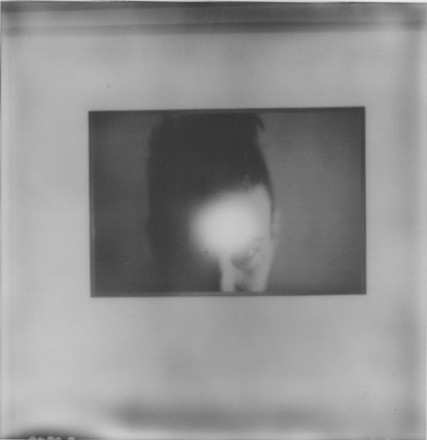
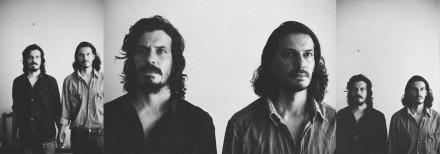
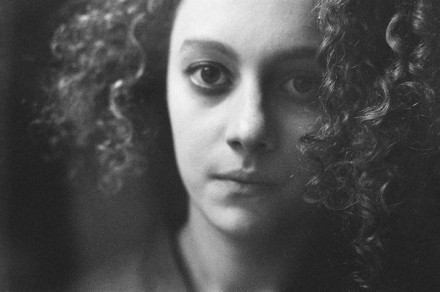
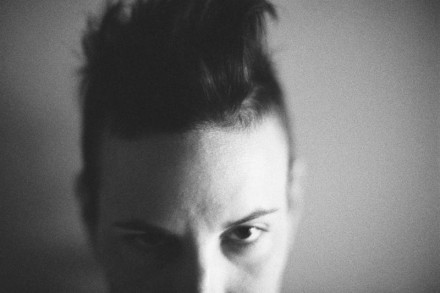
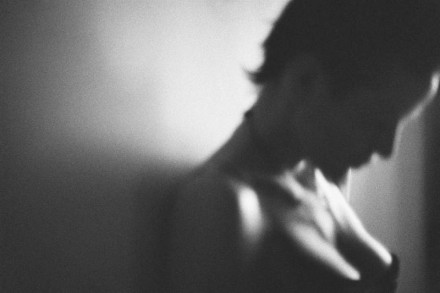
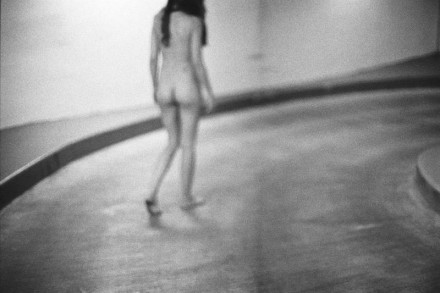
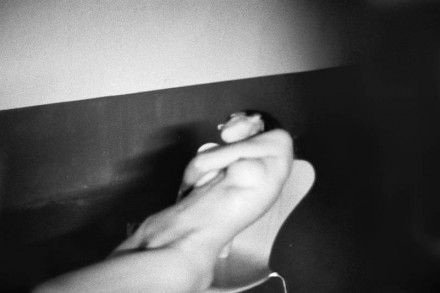
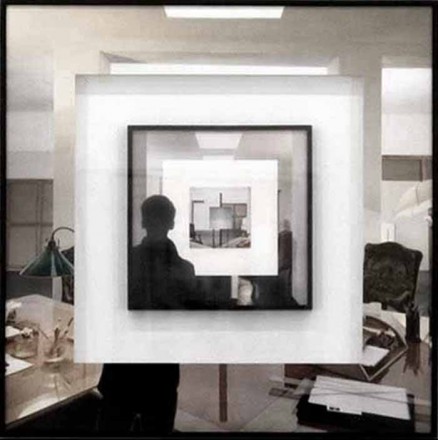
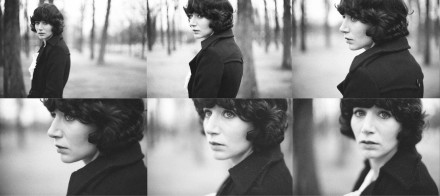
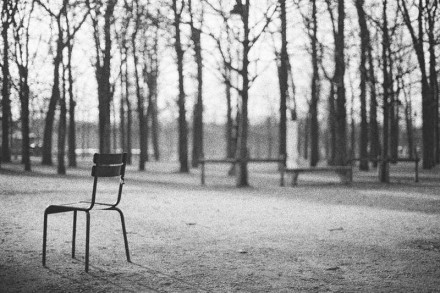
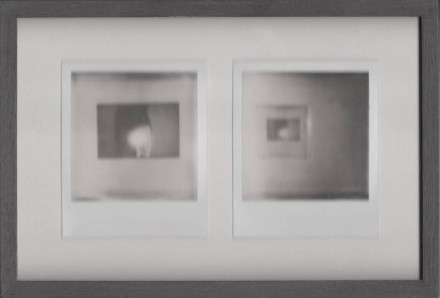
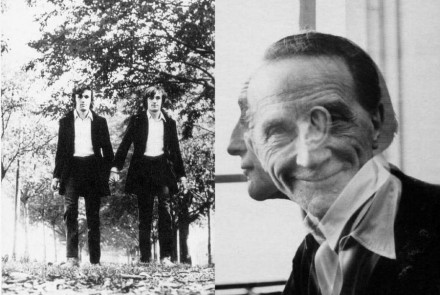
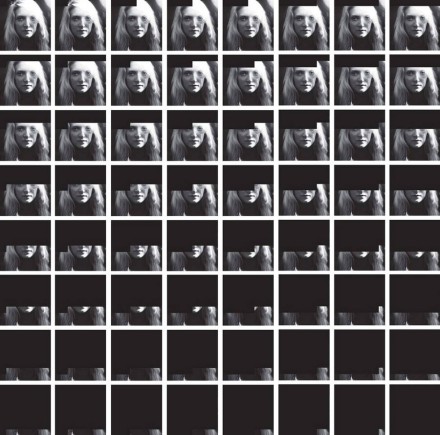
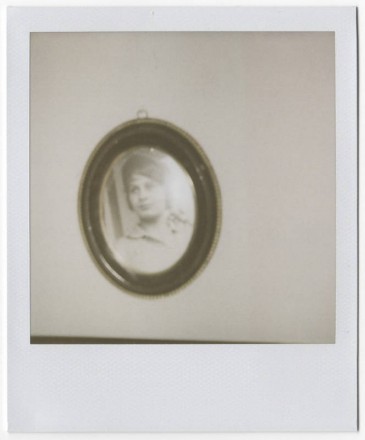
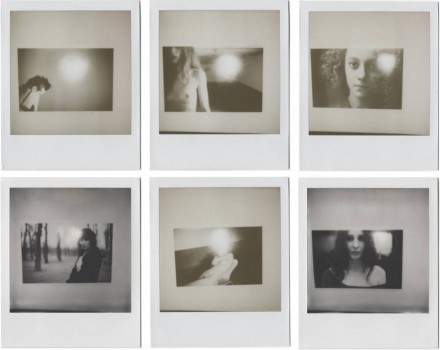
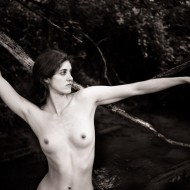
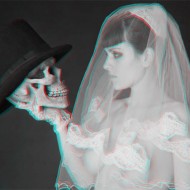


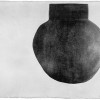





























You can also subscribe to this post comments RSS feed.